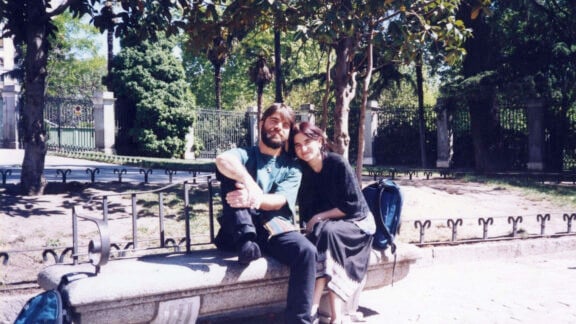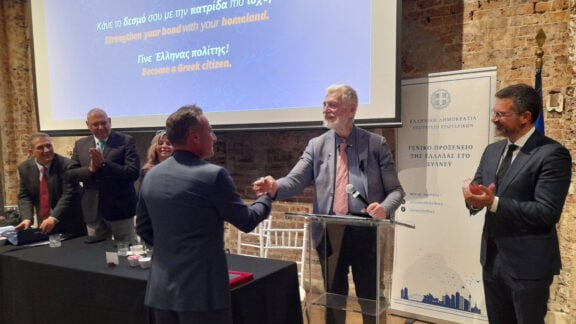Considering burnout from a chronic workplace stress perspective might suggest that we can leave our ‘burnout self’ neatly at our desk when the workday is over, but the reality is far more complex. Burnout, by definition, refers specifically to experiences within the occupational context and in theory should not be used to describe challenges in other areas of life. In a workplace context, it is marked by feelings of exhaustion, mental detachment from one’s job, cynicism or negativity toward work, and reduced professional effectiveness (WHO 2019).
However, given burnout has far reached tentacles beyond disrupting work life equilibrium, should we broaden our understanding ‘beyond the desk’ to include mental, emotional and social health burnout? Who is more at risk? How can a shared responsibility of this syndrome better balance our work/life scales and therefore our wellbeing?
It is becoming evident that burnout is more than an occupational buzzword- it’s a growing health risk impacting more Australians than ever, especially in the wake of COVID-19. Australian workers in 2024 reported to have the highest burnout rates at 61 per cent compared to the global average of 48 per cent (MHFA Australia). The impact of burnout is profound, not only from an economic perspective due to stress-related absenteeism but also in terms of maintaining personal wellbeing, and our ability to navigate life’s challenges with resilience and vitality in both our work and personal lives. Constant accessibility and workplace flexibility are blurring the boundaries between home and work roles and responsibilities, disrupting the balancing of work life scales.
So, who is most affected? From a macro perspective, the industries most affected by disruptions to work-life balance include agriculture, finance and insurance, publishing and communications, healthcare, education, IT and technology, and retail and hospitality. At a meso level, a recent MYOB reported more than half of small-business operators are experiencing chronic occupational stress citing unique demands and pressures as financial and cashflow concerns with 70 per cent of most family businesses lasting for only one generation.
Given that as of 2024, almost 80 per cent of the 268 Greek restaurants in Australia are single-owner operations, these businesses face an added layer of pressure. Balancing financial challenges with family expectations in such a competitive industry can intensify stress levels. For intergenerational family-run businesses, the challenge is even greater: not only must they maintain financial stability, but they also need to foster healthy family dynamics to ensure the business can be passed on to future generations. Without effective conflict management and sustainable business practices, many of these family enterprises risk following the trend of lasting only a single generation.
Given that as of 2024, almost 80 per cent of the 268 Greek restaurants in Australia are single-owner operations, these businesses face an added layer of pressure. Balancing financial challenges with family expectations in such a competitive industry can intensify stress levels.
Drilling further, of the 30 per cent of Australian women reporting ongoing burnout (Deloitte 2023), more than half related this increase in stress levels due to balancing career and home responsibilities. Maintaining a sense of balance becomes even more pronounced for midlife women impacted by the generational ‘sandwich’ of caring for both parents and adult children while simultaneously negotiating workplace demands. This is especially relevant for midlife Greek Australian women, who have traditionally shouldered the dual responsibilities of raising children and caring for aging parents whilst jugging careers expectations.
How then can we proactively address workplace stressors and minimise its spillover effects? Tackling burnout demands a balanced multifaceted approach where prioritising wellbeing across different health domains should be a shared responsibility between employers and employee. Mere mission statements and organisational mantras are insufficient.
Employers in both public and private sectors should conduct introspective assessments of entrenched workplace practices that may perpetuate a ‘blame and shame’ managerial approach, potentially undermining efforts to cultivate a supportive workplace culture. Instead think towards building inclusive workplace infrastructures that value employee contributions, establish clear boundaries, and foster strong social relationships and networks. Opportunities for skills development and career growth across different life stages complimented with wellness initiatives can also support employees’ mental and physical wellbeing in managing burnout.
For self-employed small businesses, awareness of how to access resources and assistance to better balance occurring stressors that manifest across work and home life is a must. Addressing burnout is neither optional nor is it a passing phenomenon. Embracing a holistic view of burnout as a life challenge rooted in workplace stress may be a way forward to fostering a healthier work-life balance and overall wellbeing.
*Dr Foula. Z. Kopanidis FHEA – is an Associate Professor of Marketing at RMIT University.







